In un’ansa del fiume Livenza, a 7 miglia da Oderzo, sorge Portobuffole’. Un piccolo borgo all’estremita’ della provincia di Treviso in cui poter ammirare gli affreschi attributi al Pordenone, la Torre Comunale del X secolo o il Leone di S.Marco in Piazza Maggiore a segno del passaggio della Serenissima.
Particolarmente interessante e’ il Duomo, una sinagoga ebraica convertita e consacrata a chiesa cristiana nel 1559, mentre poco distante si trova la casa di Gaia da Camino, una valente poetessa del ‘300 tanto da essere citata da Dante nel XVI Canto del Purgatorio nella Divina Commedia. L’edificio e’ un esempio di casa-torre della fine del XIII secolo con un prestigioso ciclo di affreschi datati tra il XIV-XV secolo.
Il Ponte Friuli e l’omonima Porta erano le principali vie d’accesso alla citta’ fortificata. Il ponte attuale e’ il primo in pietra costruito sul Livenza, il fiume che un tempo circondava il borgo, il quale fu deviato nel 1913 a causa delle frequenti esondazioni. Sopra la Porta d’ingresso spicca il Leone di San Marco a testimonianza della dominazione di Venezia. Alla destra del Ponte si possono scorgere i resti delle mura, in cui si trova incastonata una piccola Bocca della Verita’ di origine romana.
L’edificio della Dogana del Sale e’ tutt’oggi la testimonianza dell’importante commercio del sale tra Venezia ed il Cadore. Il sale raggiungeva Portobuffole’ per via fluviale, per poi proseguire sulla Via del Sale in carri trainati da bestiame alla volta delle montagne. Ora potete scegliere di fare una sosta ristoratrice al ristorante La Vecchia Dogana, un luogo accogliente e curato, in cui la tavolozza dei sapori viene composta dall’esperto cuoco Moreno e presentata dalla moglie Lalla.
Credo che le ragioni per visitare questo splendido borgo siano innumerevoli, quindi non vi resta che approfittarne.
****
In a bend of the Livenza river, 7 km away from Oderzo, you’ll find Portobuffole’. A small village at the far end of the Treviso province, where you can admire frescoes attributed to Pordenone, the Municipal Tower of the tenth century and the Lion of St. Mark in Piazza Maggiore as a sign of the passage of the Serenissima Republic of Venice.
Particularly interesting is the Cathedral, a Jewish synagogue converted and consecrated to a Christian church in 1559. In addition, in the charming village of Portobuffole there is the house of Gaia da Camino, a talented poet of the thirteenth century mentioned even by Dante in the Divine Comedy. The building is an example of a tower house of the thirteenth century and inside you can admire a series of frescoes dating back to the fourteenth century.
The Friuli bridge and the homonymous gate were the main ways to the fortified village. This bridge was the first built in stone over the Livenza river, which in the past flowed around Portobuffole’. Due to the frequent floading it was diverted in 1913. Above the gate you can also recognize the Lion of San Marco left by the Venetian domination, while on the right hand side you can spot a small Mouth of Truth of Roman origin.
The building of the Salt Customs House testifies the importance of the salt trade between Venice and the Cadore Mountains. The salt arrived in Portobuffole’ throught the Livenza river and then it was carried on cartes pulled by cattle to the mountains following the Salt Road. Nowadays you can stop for a refreshment at the restaurant La Vecchia Dogana – the old customs -, a cozy restaurant, whose palette of flavors is composed by the expert chef Moreno and presented by his wife Lalla.
There are a number of reasons to visit such a beautiful old village, just take advantage of them.

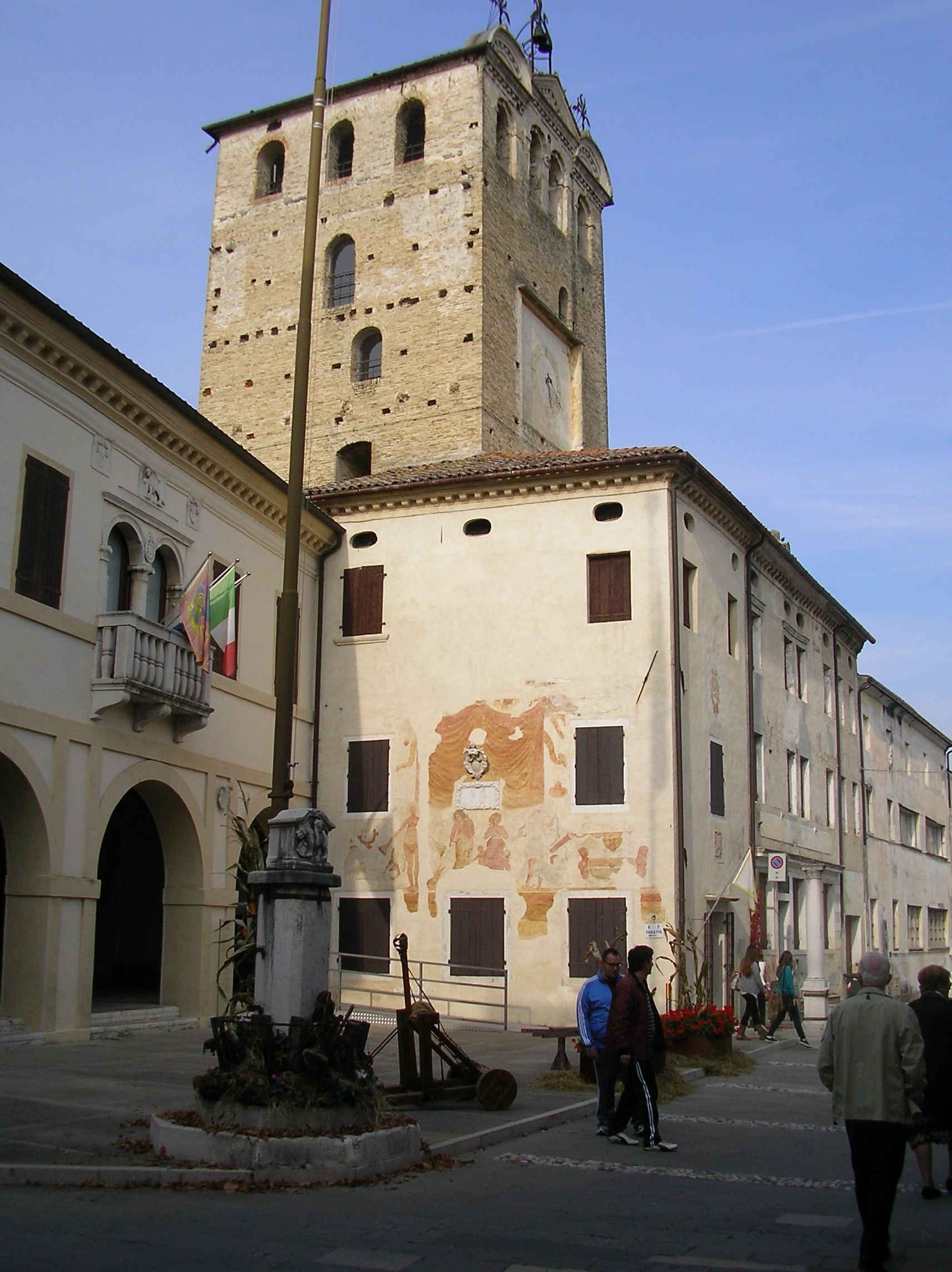
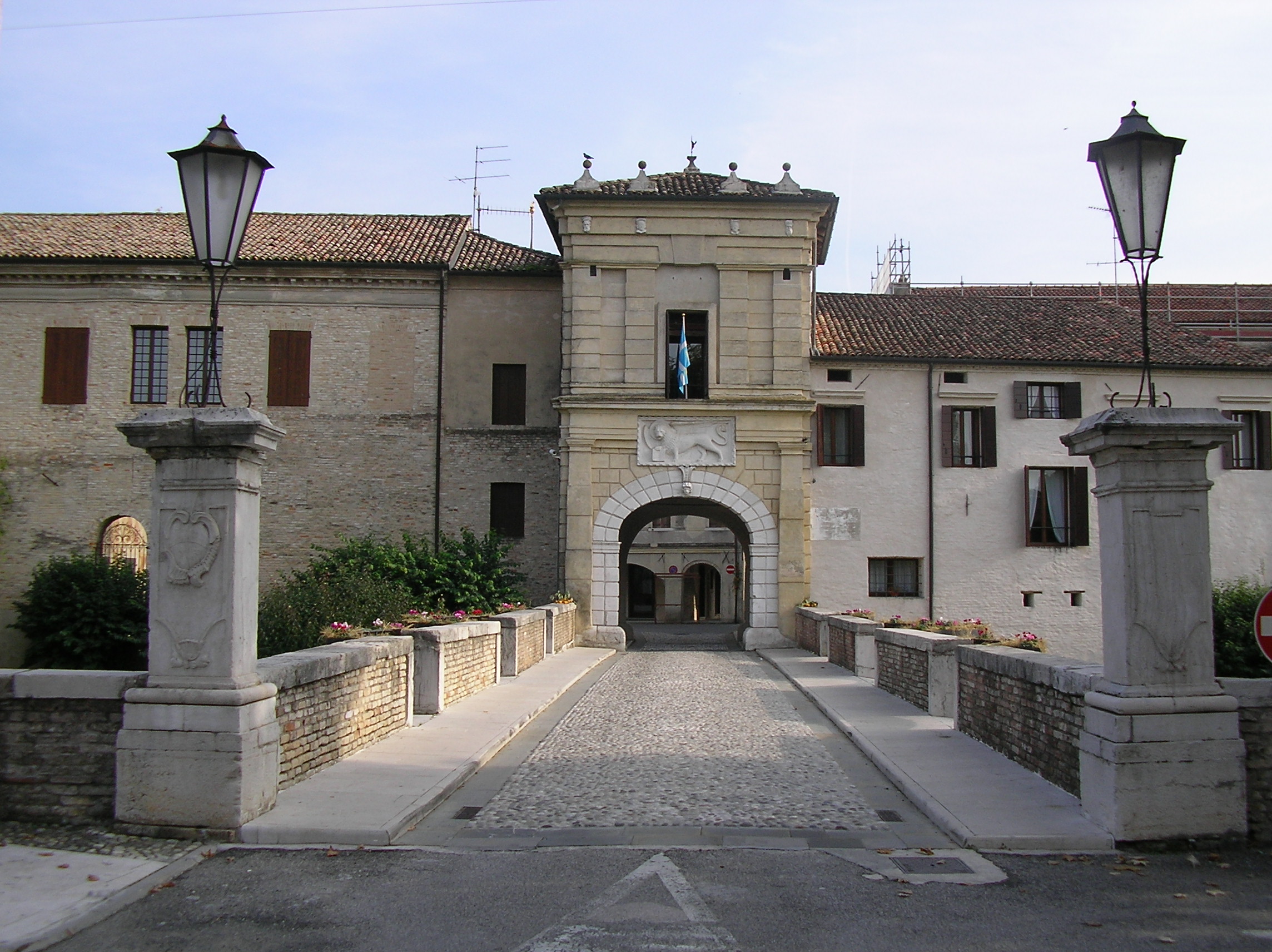


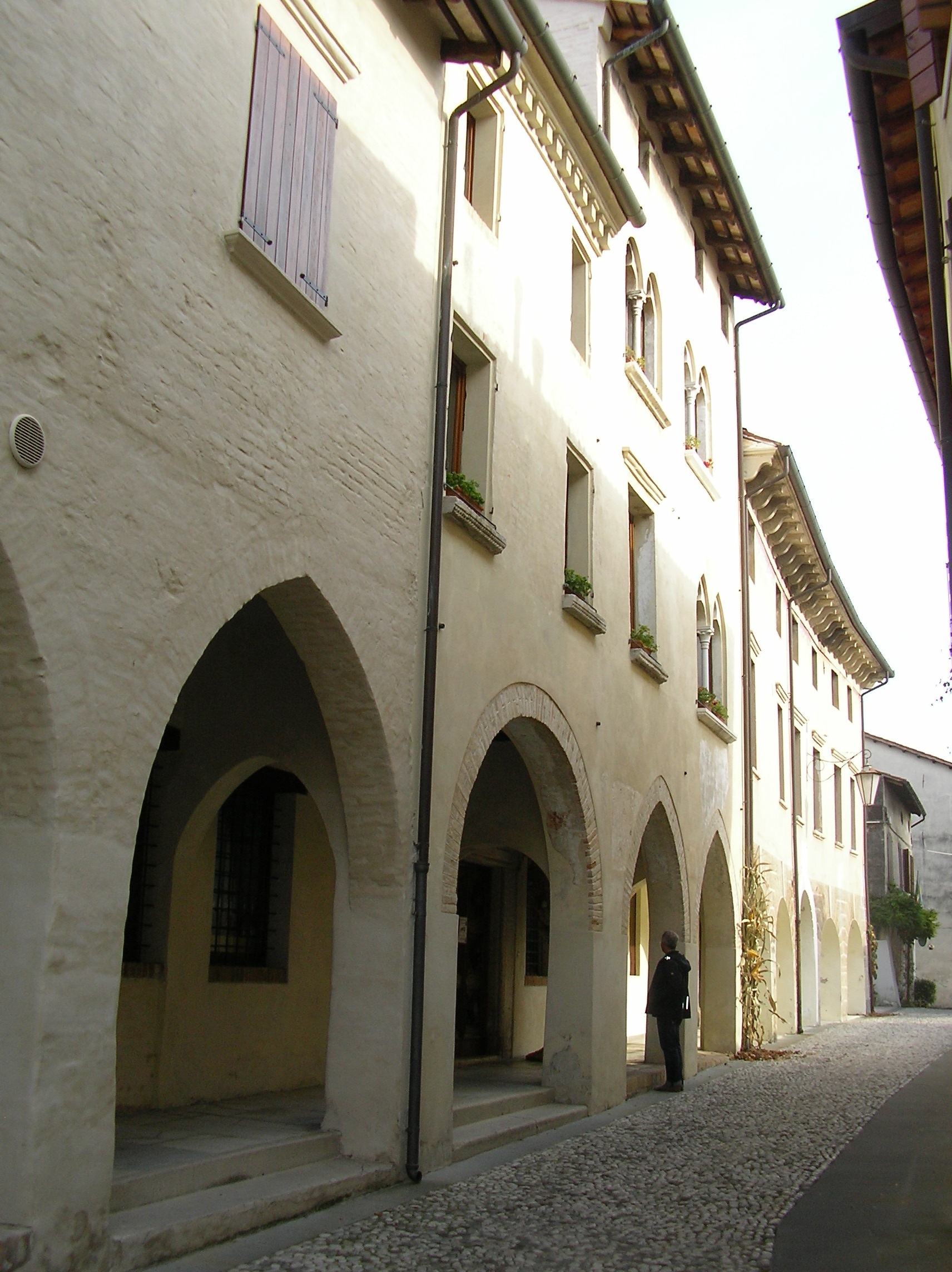

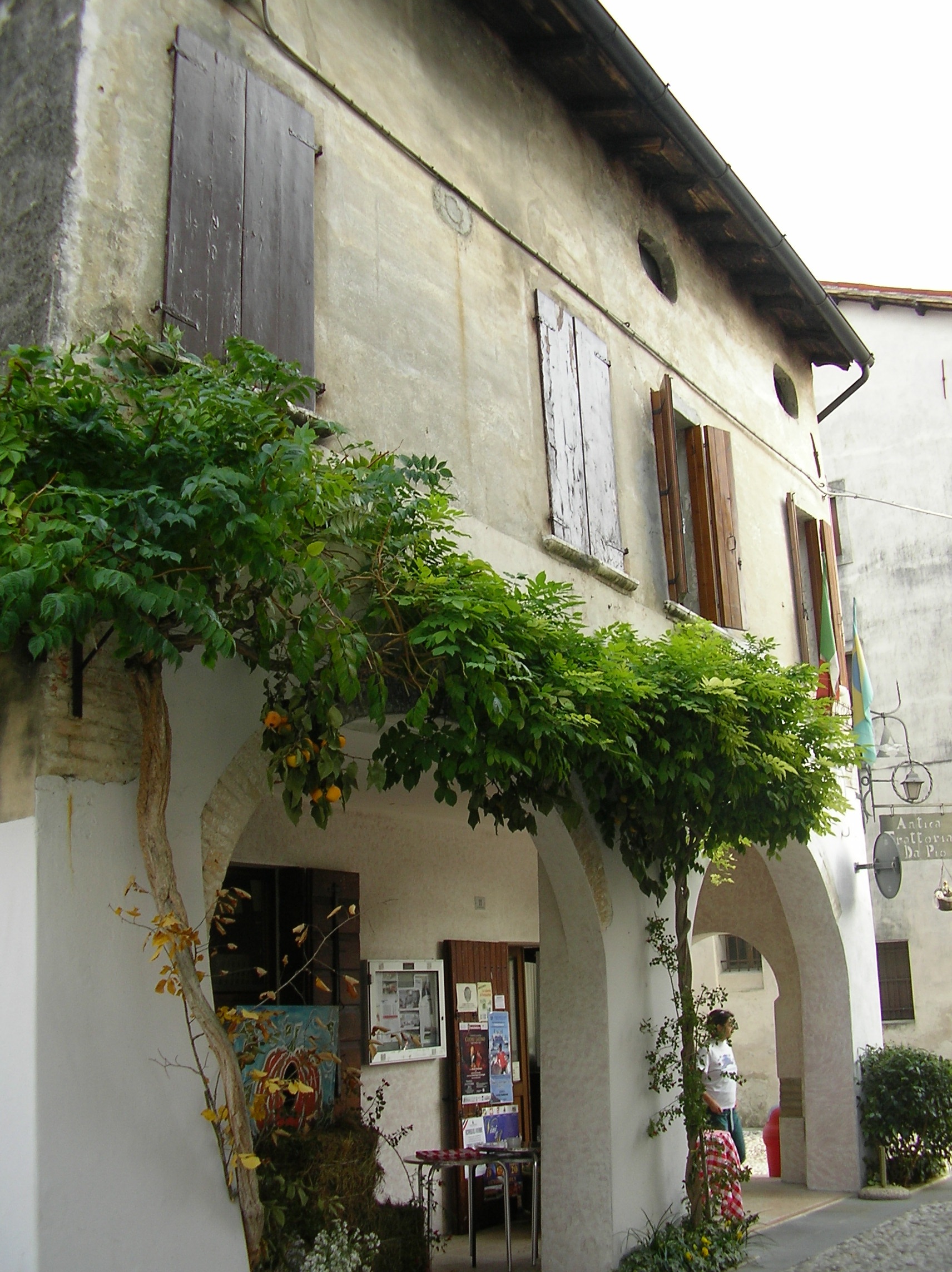
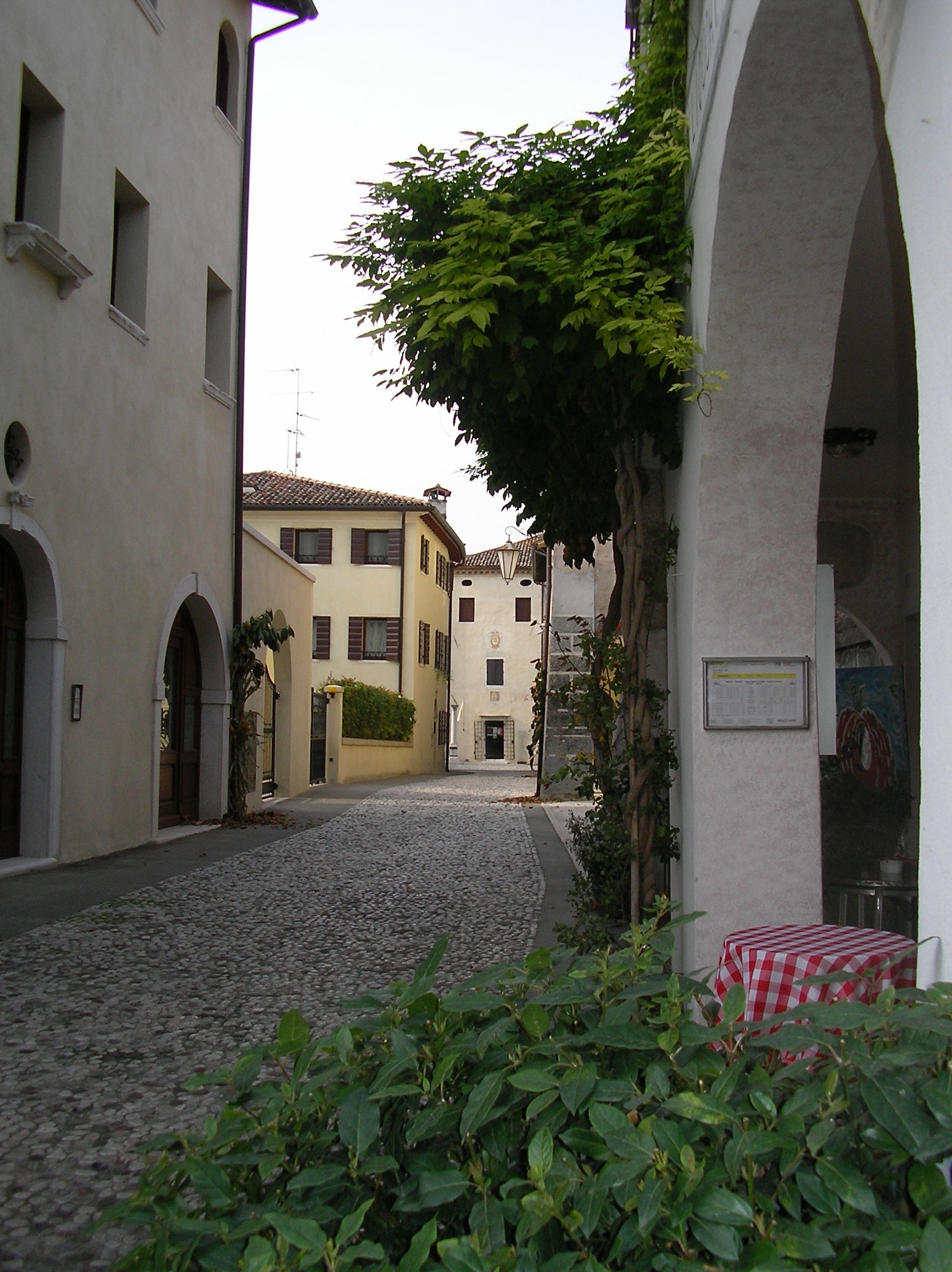
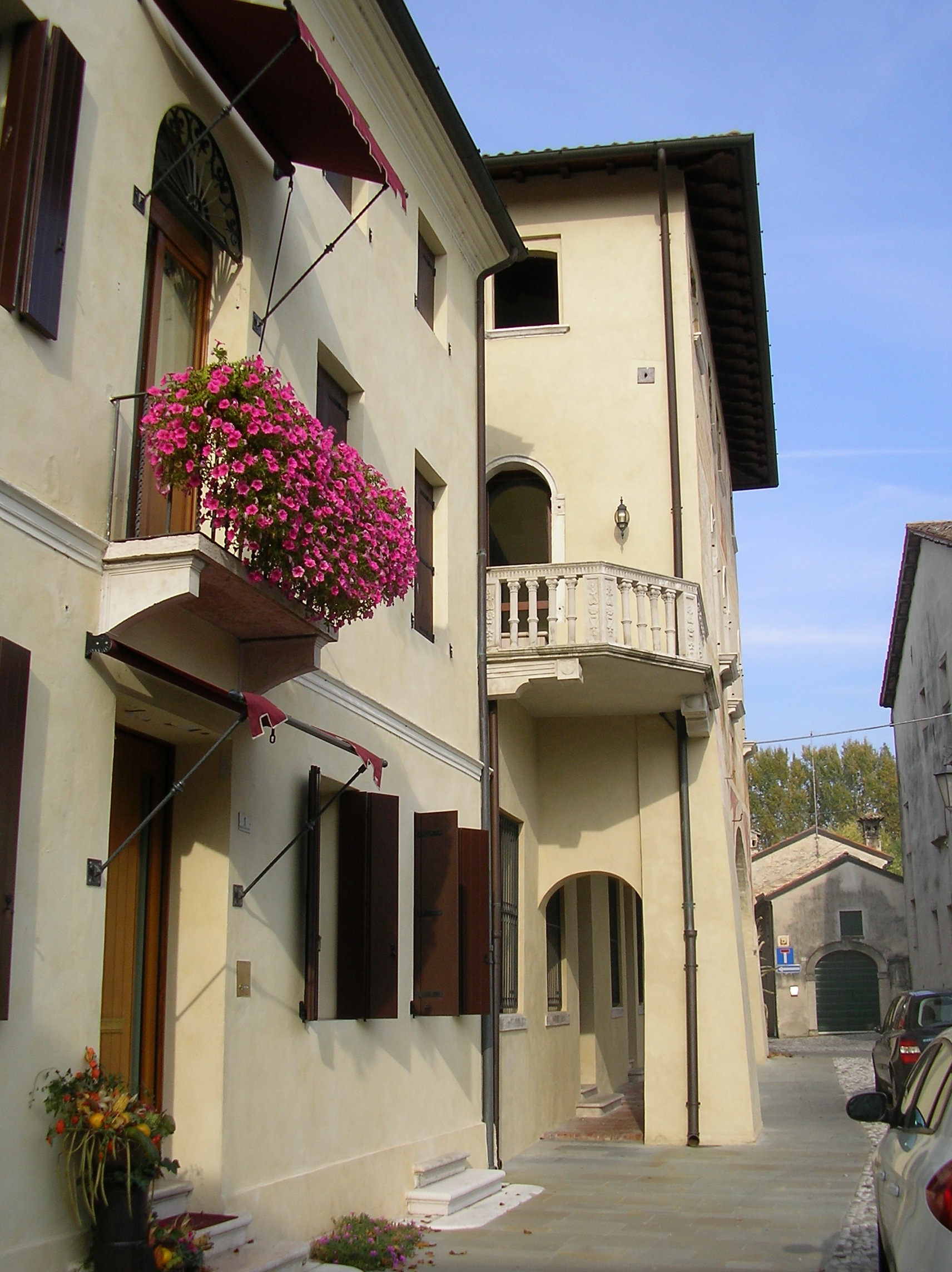
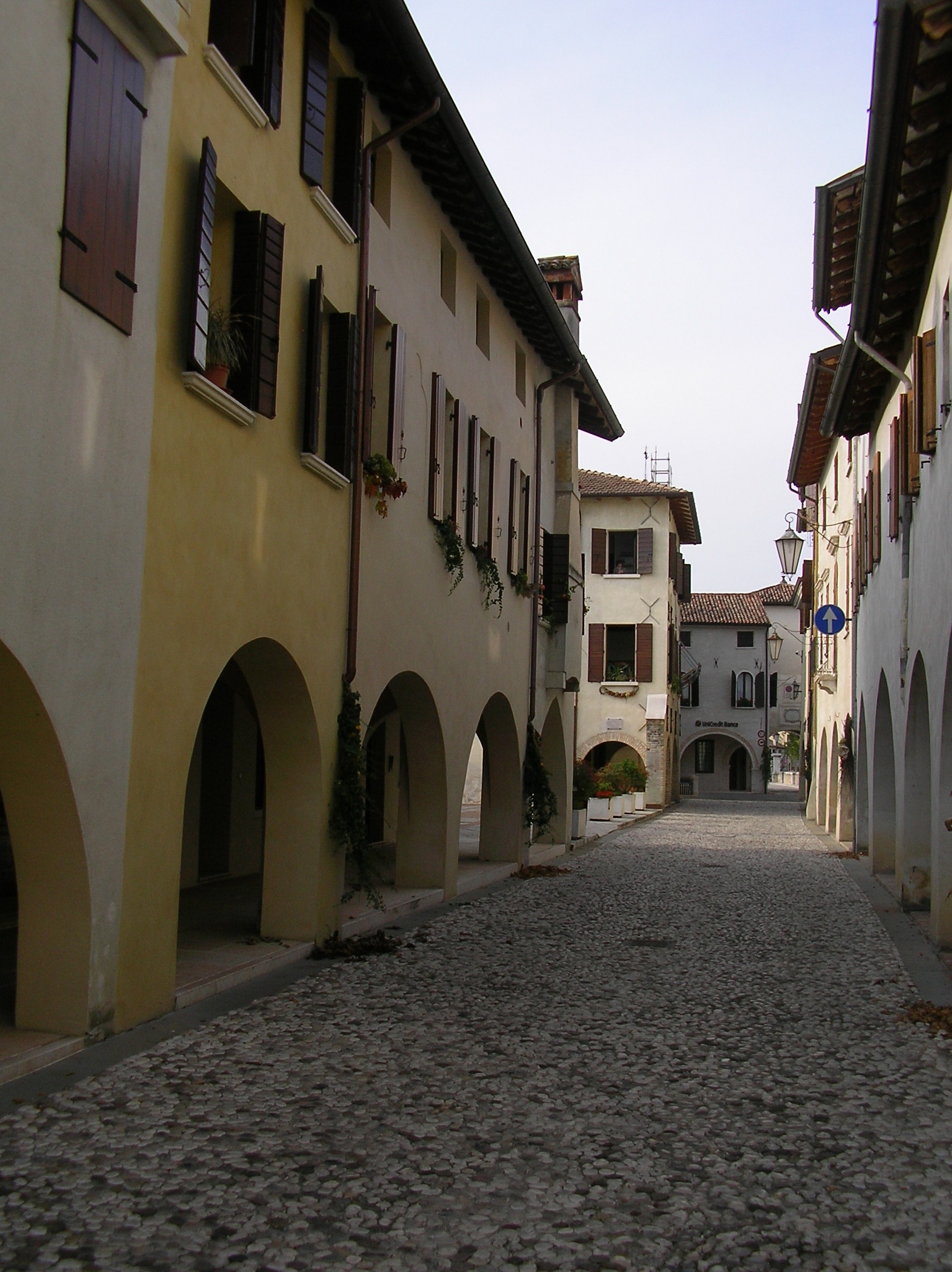
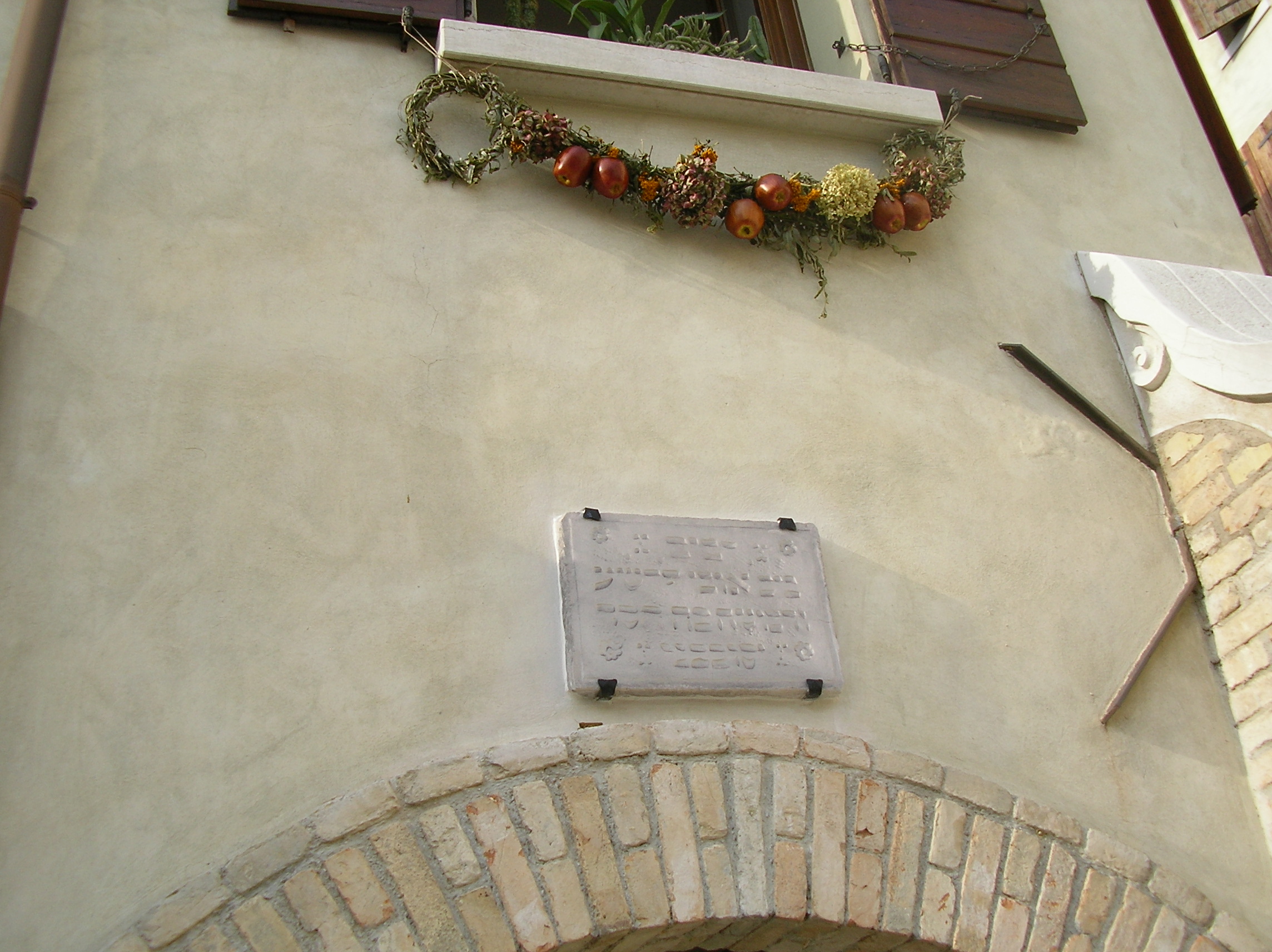
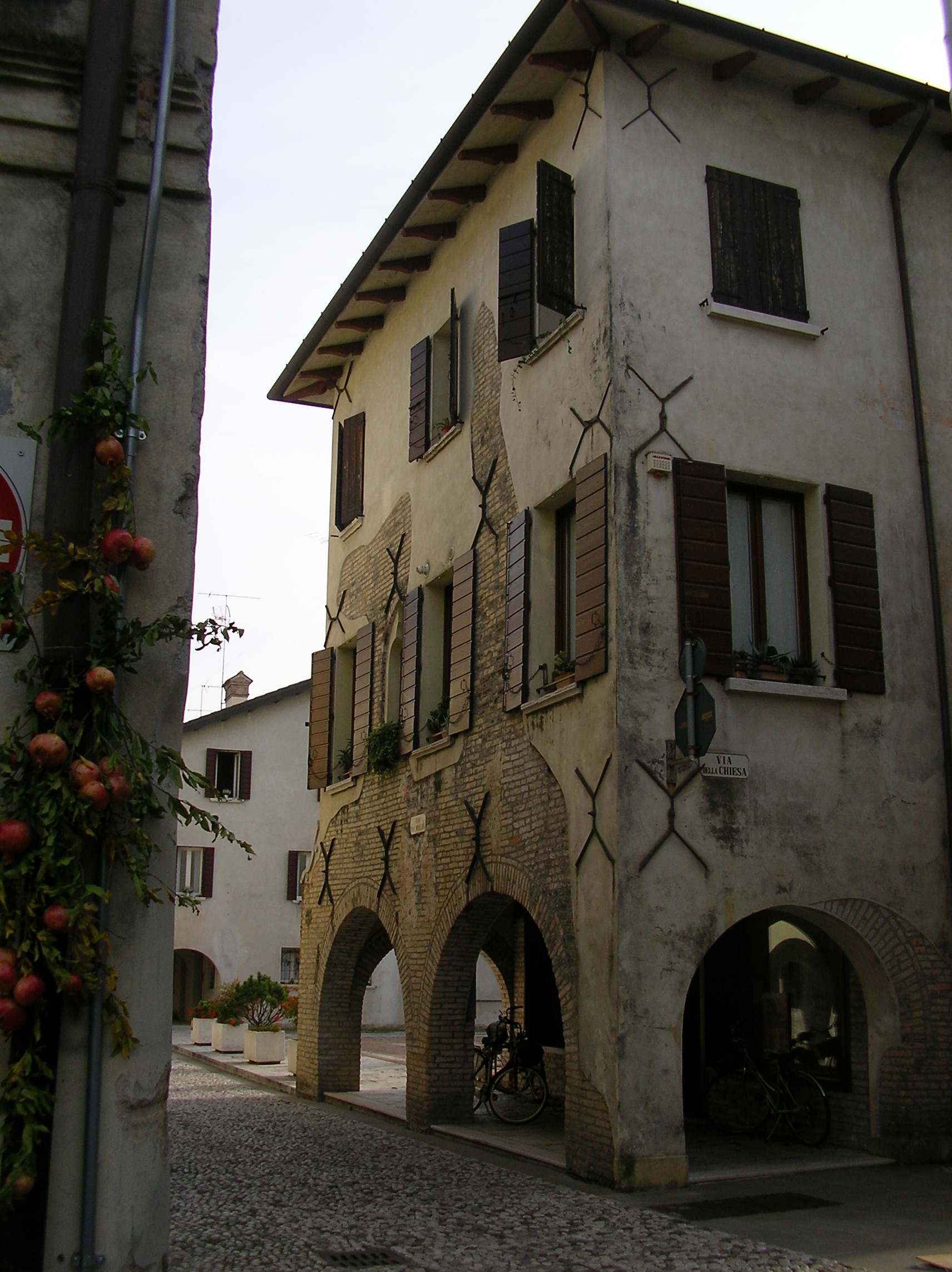
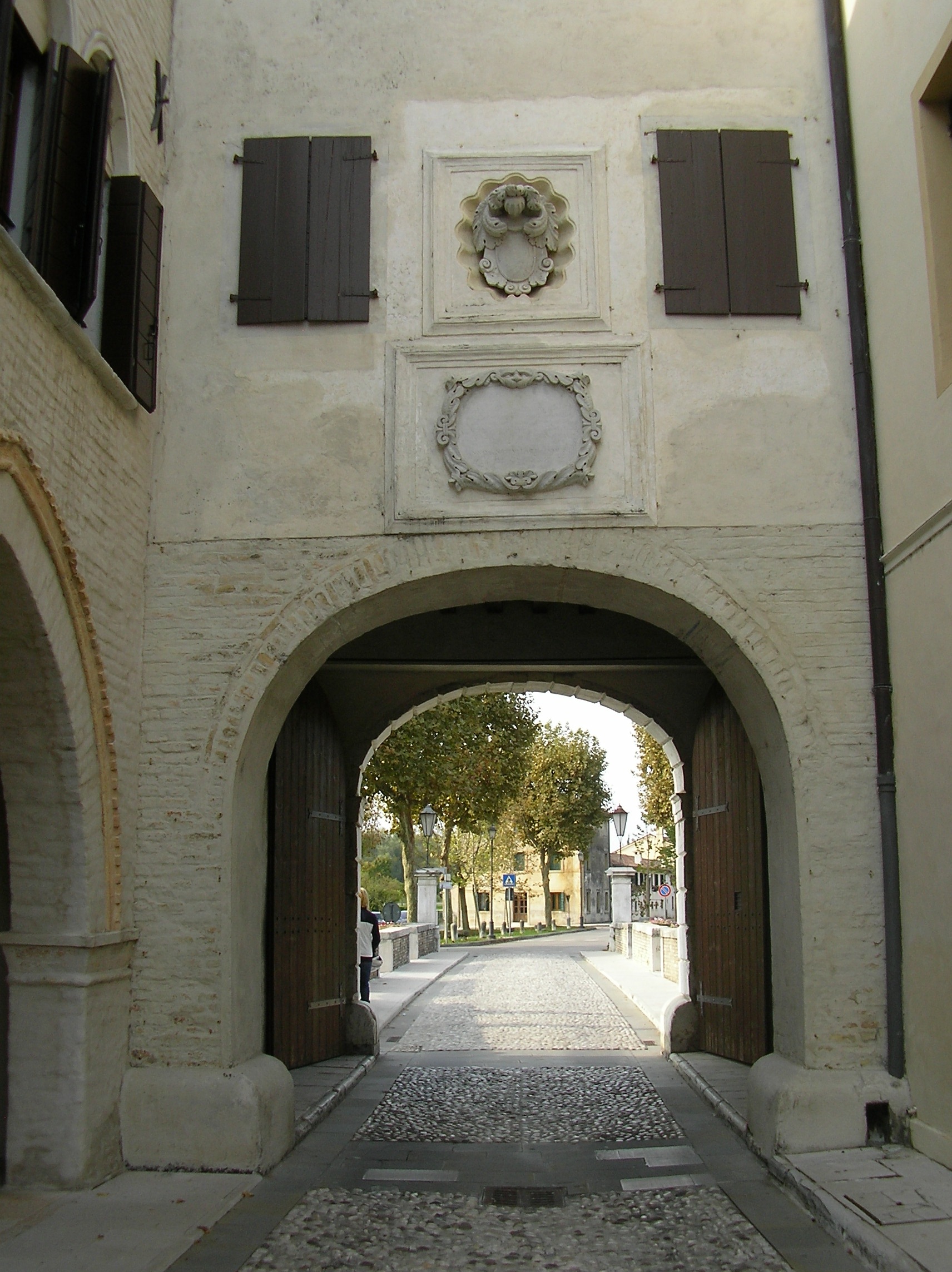

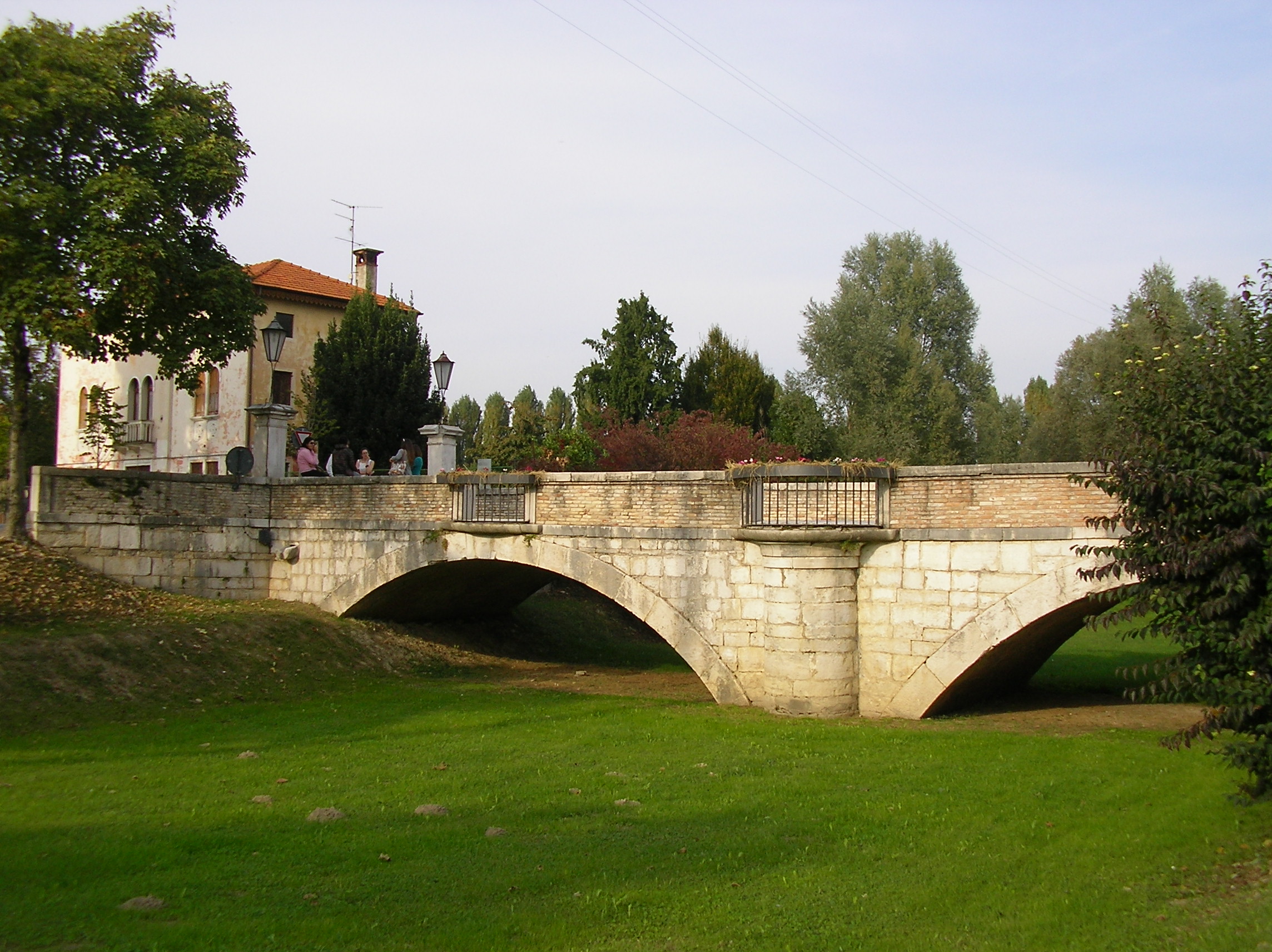


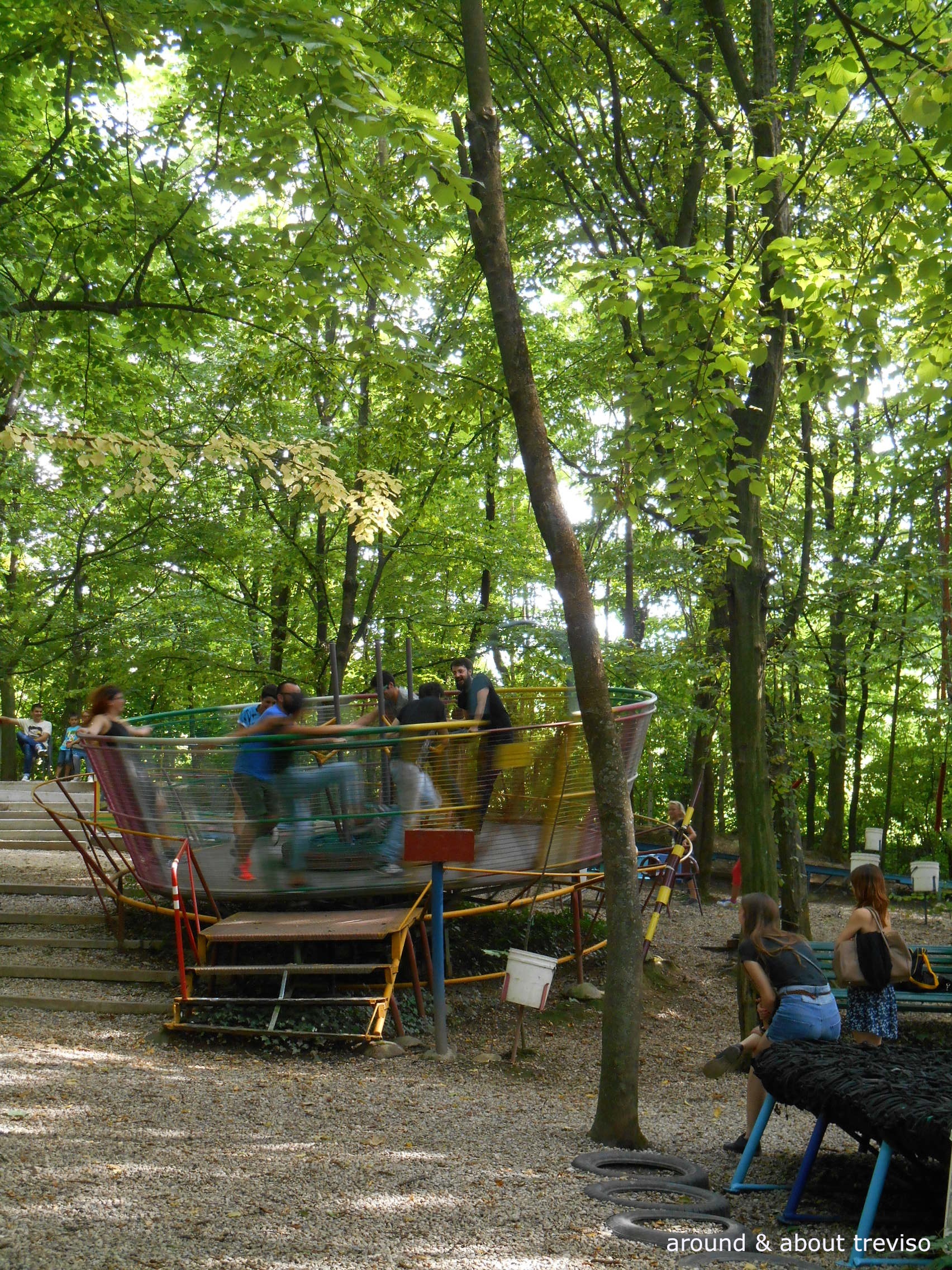


Trackback/Pingback